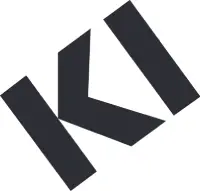Sustainability
As a people-first organisation, we are dedicated to creating a sustainable future. We achieve this by manufacturing furniture that is mindful of the environment it lives in, employing innovative techniques to enhance product lifecycles.
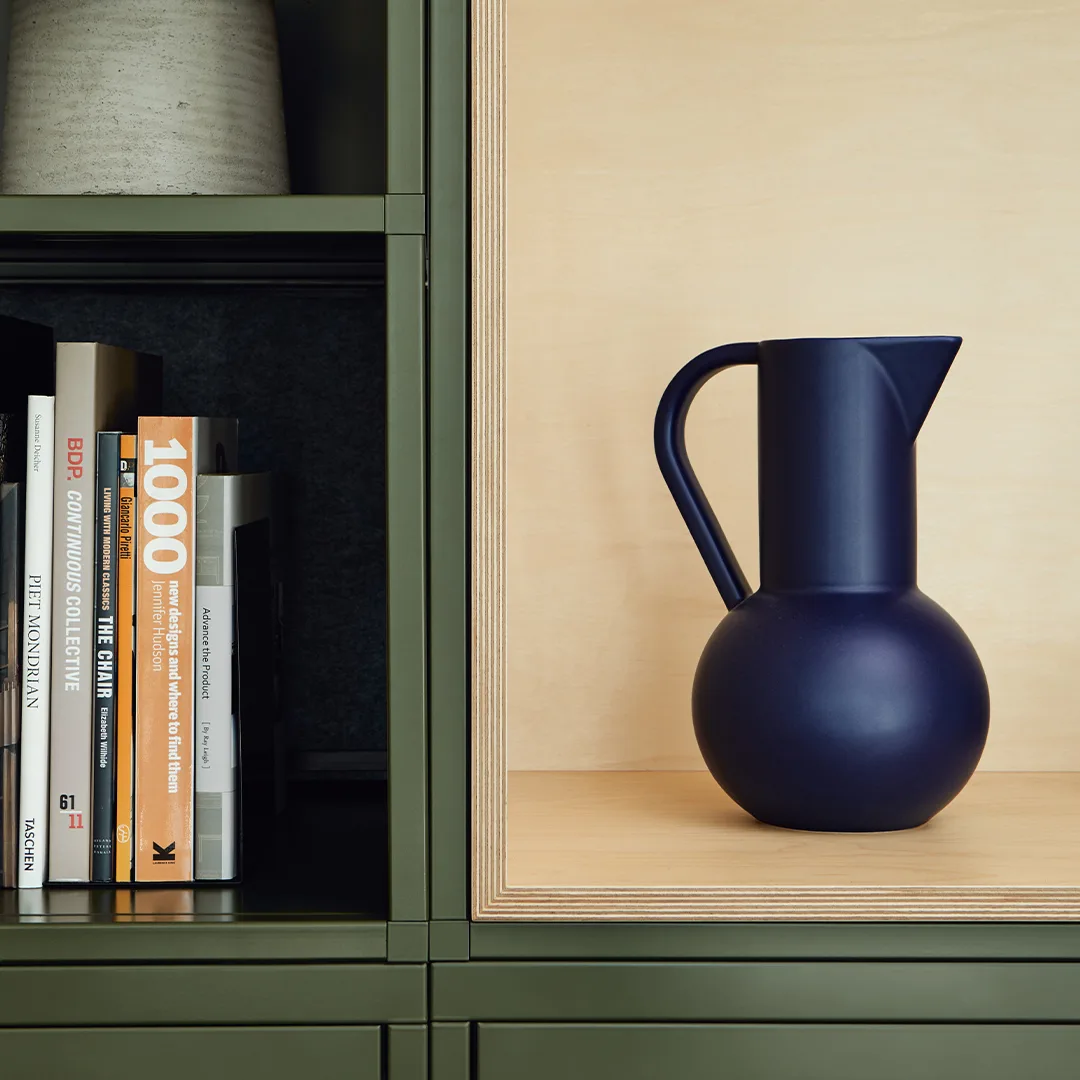
Invest in quality
We prioritise crafting durable, high-quality products that stand the test of time. Our industry-leading warranties and certifications reflect this dedication. By collaborating with leading suppliers, we source the finest materials and tools, enabling us to manufacture expertly engineered products.
Our Certificates & Memberships

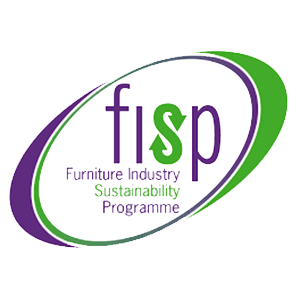
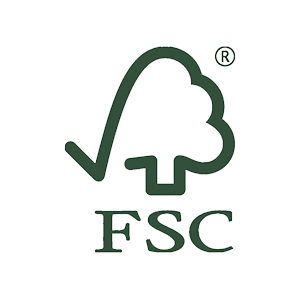
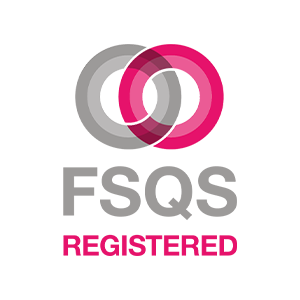


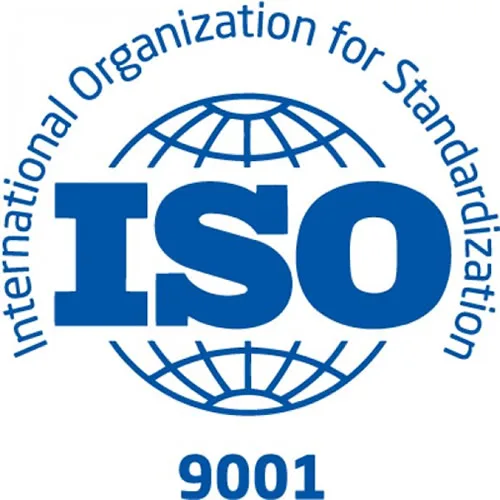

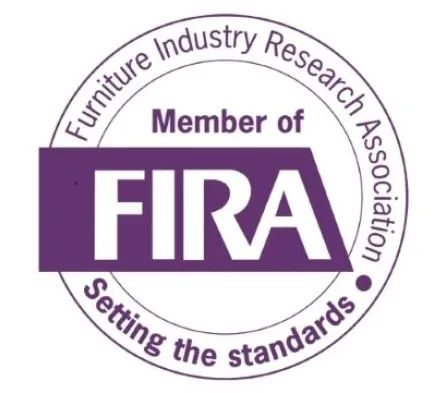

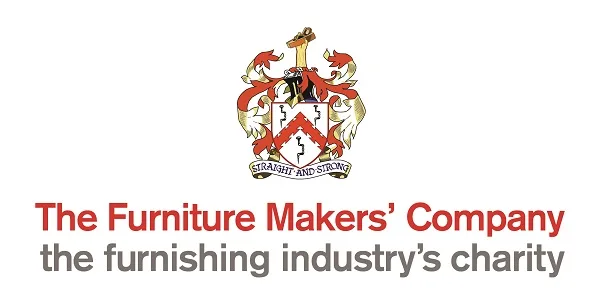
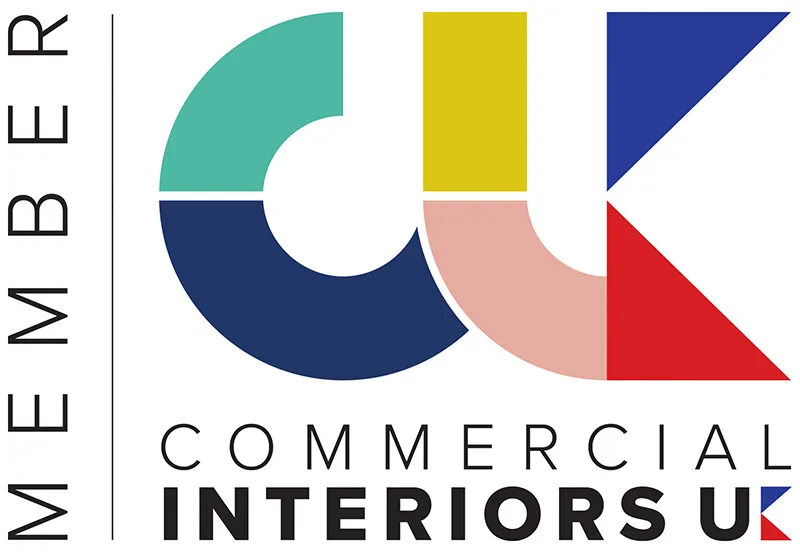

Pioneers in Sustainable Plastic
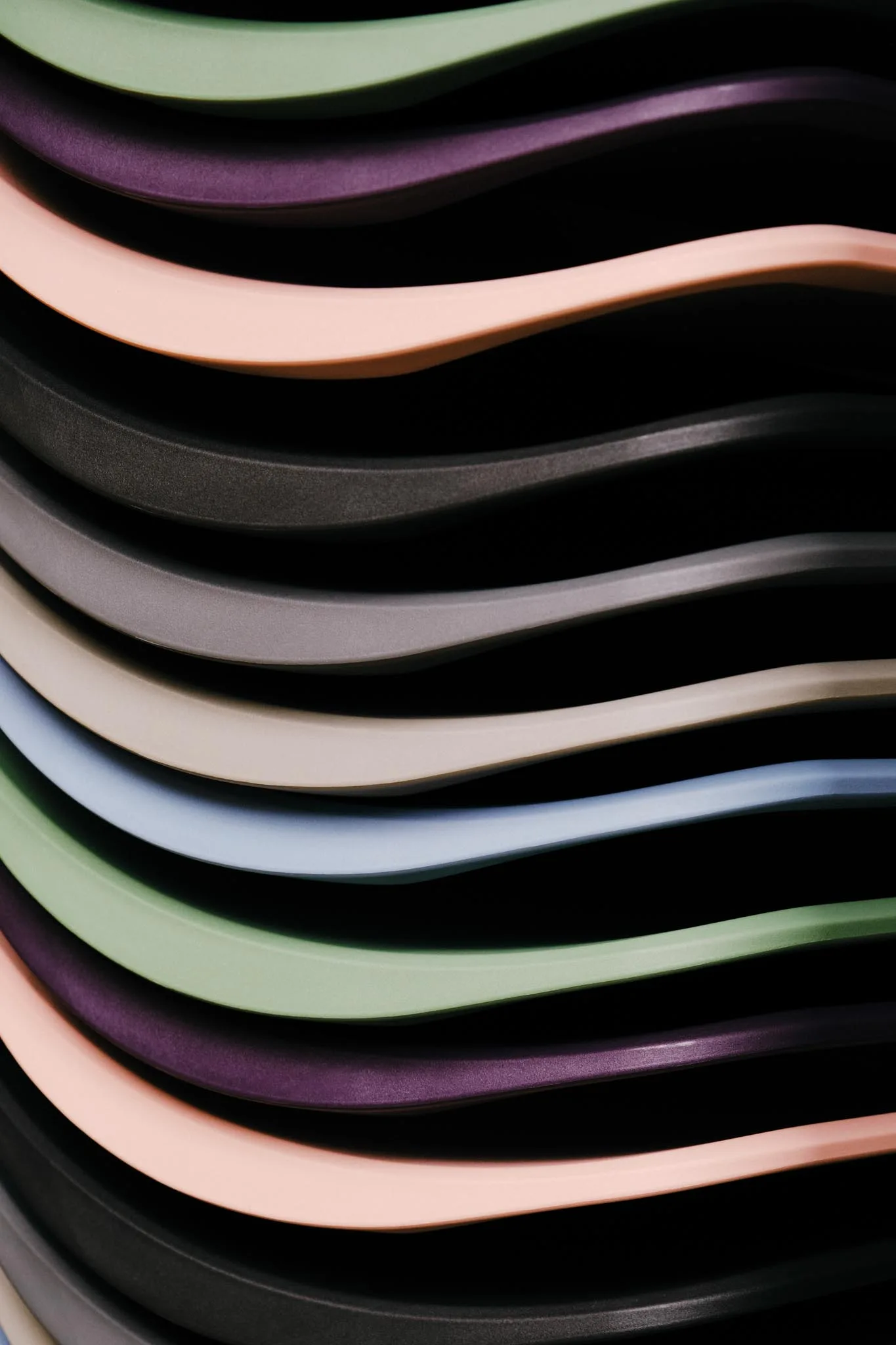
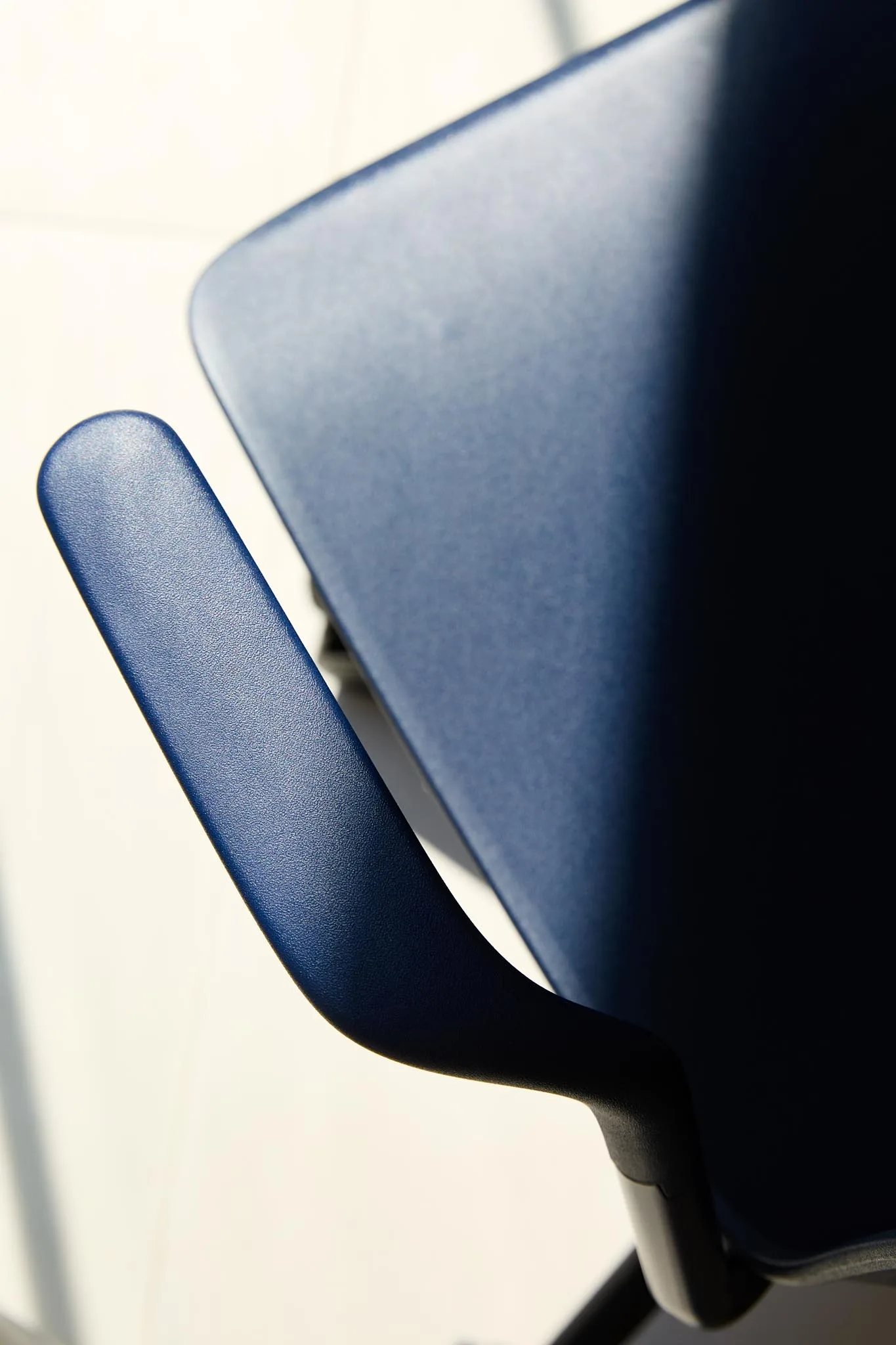
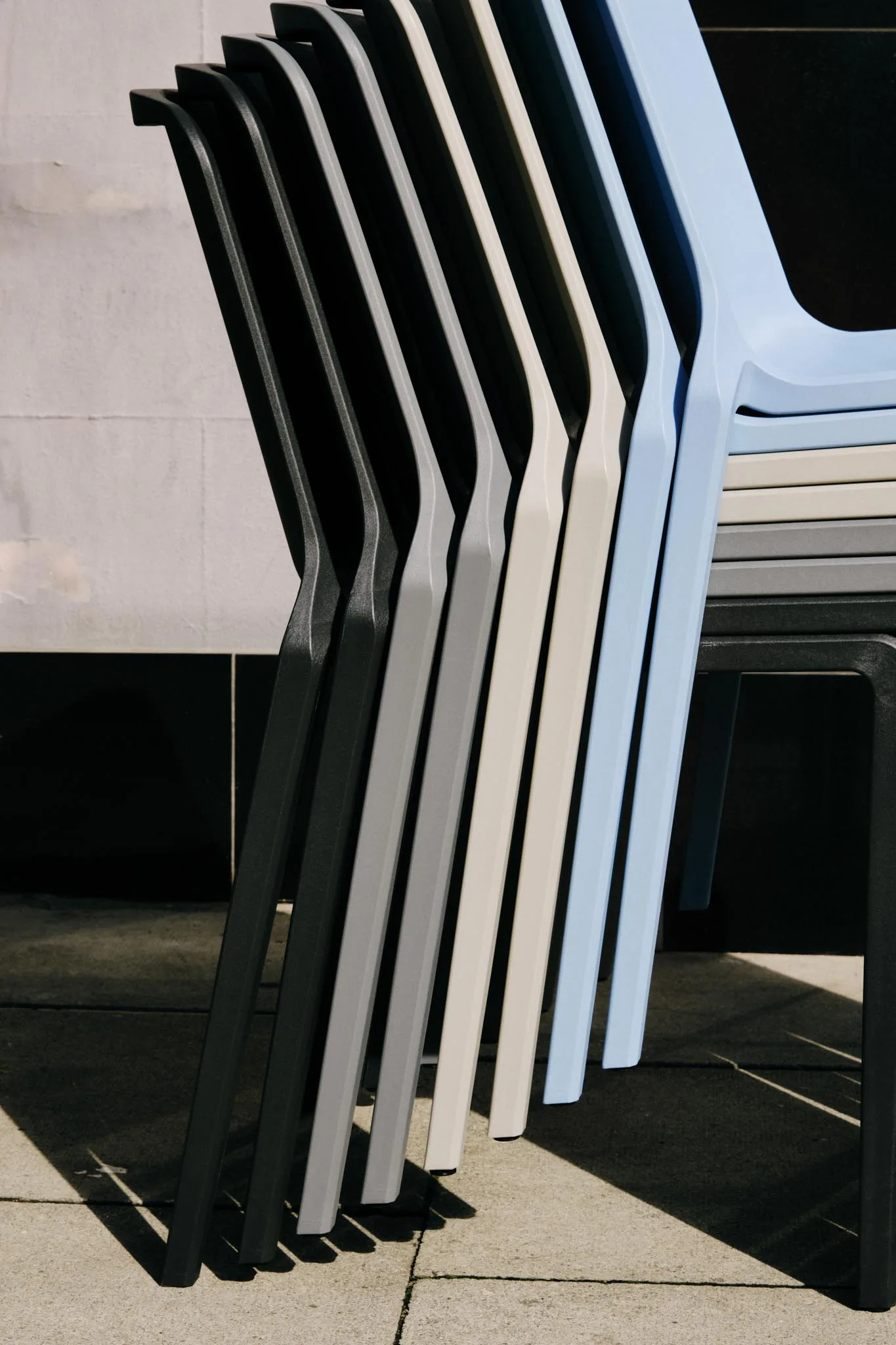
From the outset, we have produced high-quality polypropylene chairs, capable of withstanding the toughest environments for decades. Now, we are leading the way in using recycled content in our polypropylene based products:
100%
Of all the polypropylene we use is recyclable
30%
The minimum amount of recycled polypropylene used in our plastic products
1,000 tonnes
Of UK post-consumer plastic is repurposed annually in our manufacturing
100%
Of polypropylene used in our Sebel chair is from post-consumer waste
Commitment to 100% recycled content
We are committed to progressing towards 100% recycled content across KI products. Our black polypropylene products already meet this goal. However, maintaining our famous colour spectrum with 100% recycled materials presents a unique challenge due to the inherent complexity of mixed colour recycled plastics. We are proud to lead the industry with a minimum of 30% recycled polypropylene, and we are on track to reach 50% this year. Our biggest contribution to this commitment is our Sebel Chair which is manufactured entirely from 100% post-consumer waste in the United Kingdom!
Sustainable By Design
What people want out of commercial spaces is constantly evolving. That’s why we design for longevity. Not just through the quality of our products, but by engineering our products to be reshaped to ever changing environments.
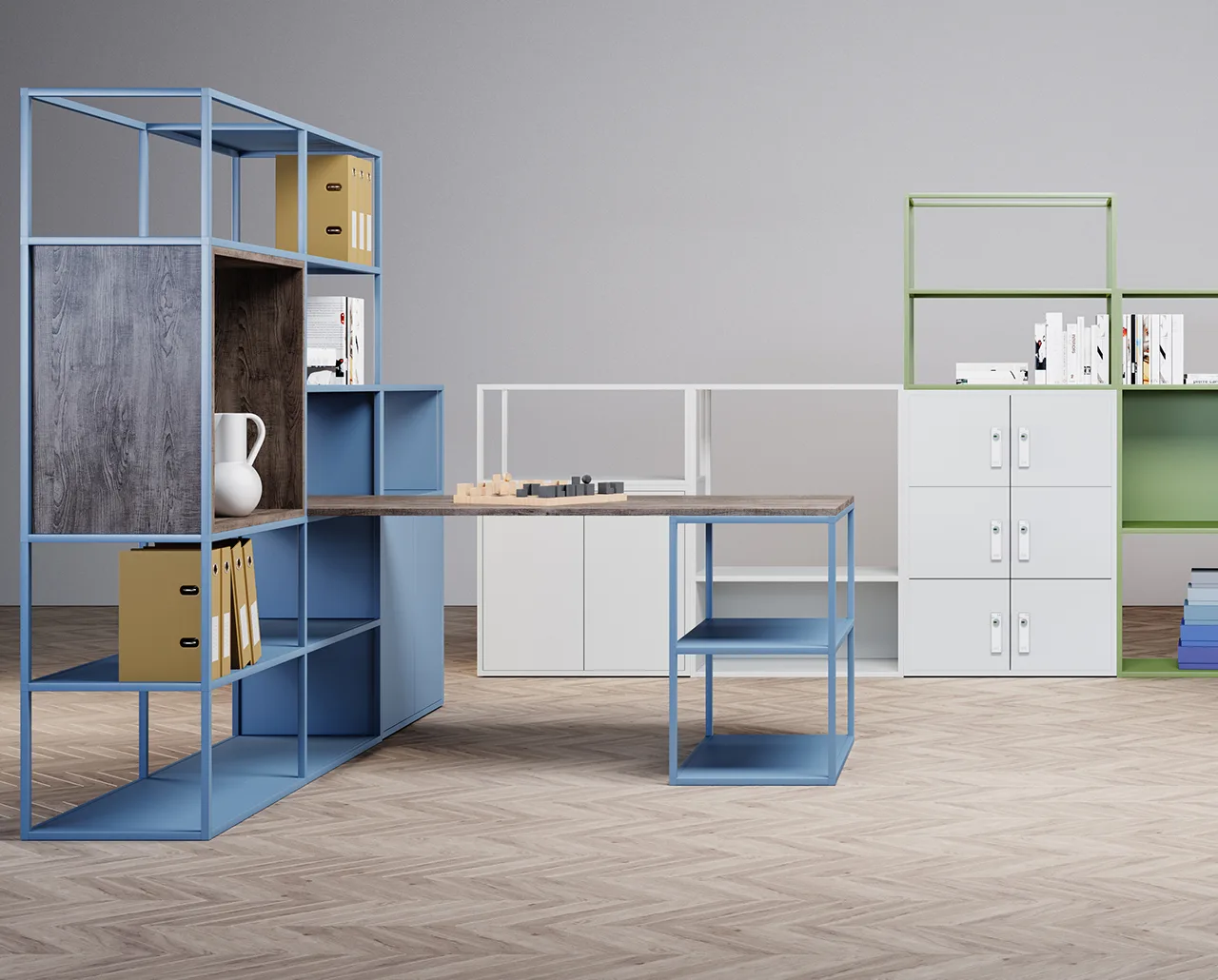
Modular & flexible designs
Our system-based products are modular, meaning they can be scaled and adapted over time. Product modules and components can easily be replaced if damaged or upgraded to integrate with new office designs and new spaces.
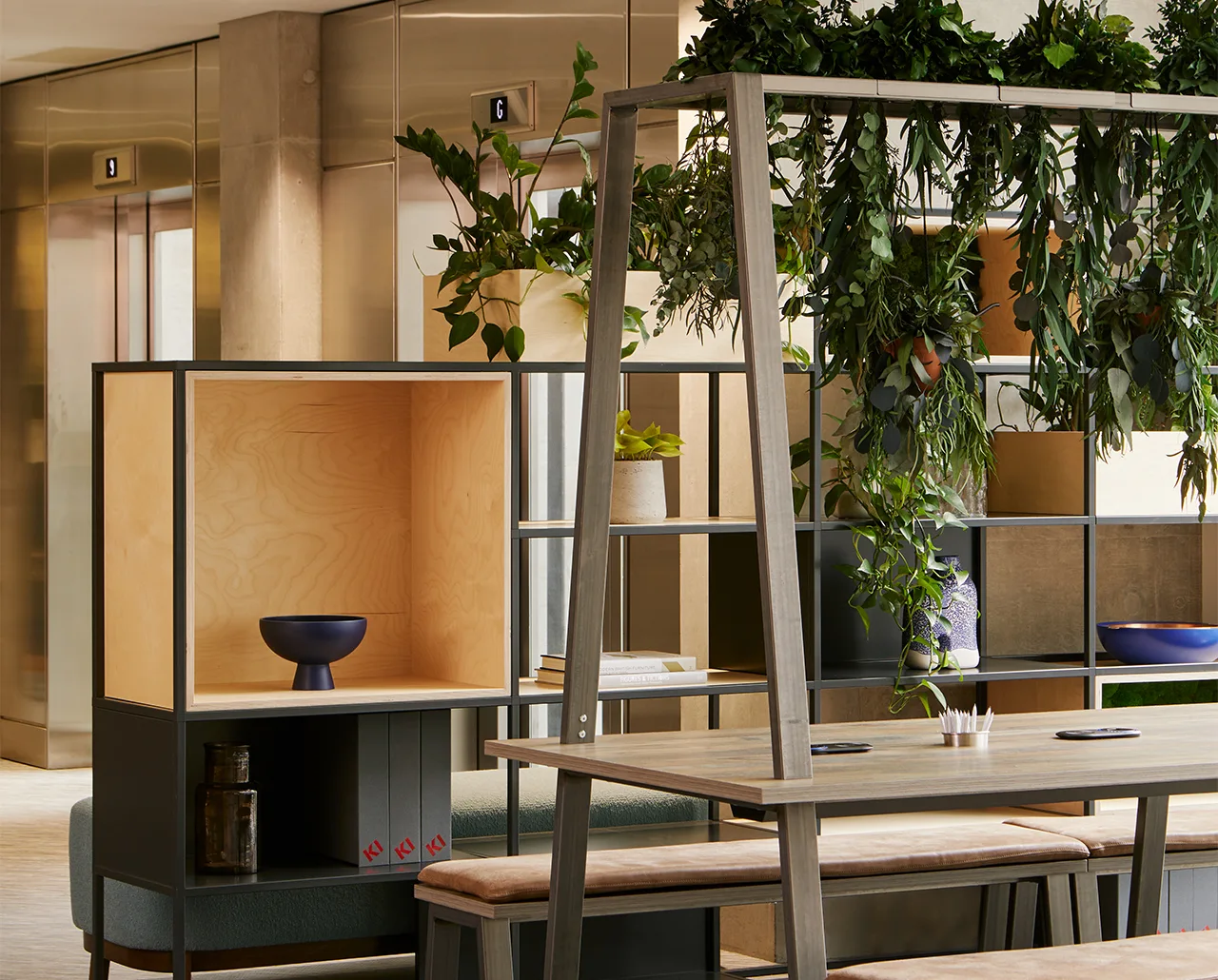
Designed for longevity
We prioritise retrofit solutions in our product design, enabling our customers to evolve their spaces efficiently. For instance, Work2.1 actuators can transform fixed-height desk systems into BS EN 527 compliant sit-stand desks. Our 800 Series storage systems are designed with full modularity, allowing for seamless adaptation to evolving needs.
